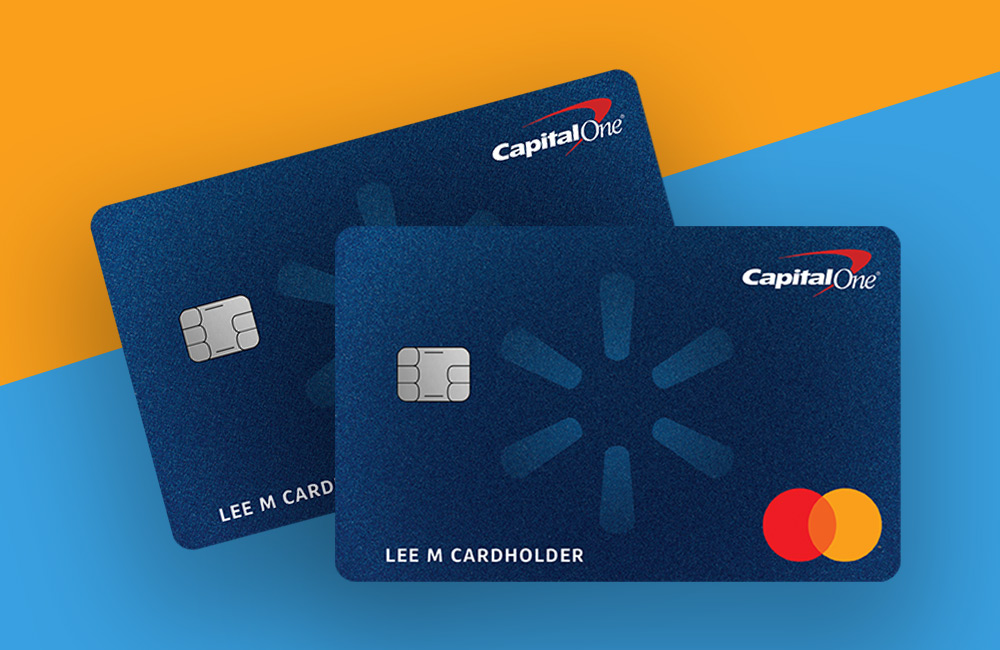Balance transfer credit cards are a great tool to help you eliminate your credit card debt!

A balance transfer credit card, in its simplest form, is a tool that allows you to transfer debt from one or multiple credit cards to another credit card, often with a lower interest rate or even 0% interest for a specified time.
In recent years, the credit card industry has seen a surge in balance transfer offers. These offers, often accompanied by appealing low or even 0% introductory interest rates, are designed to attract consumers looking for relief from high-interest card debt. While this can sound enticing, understanding how these cards work crucial for effective use.
Mechanics of Balance Transfer Cards:
How Balance Transfers Work
A balance transfer card allows you to shift debt from one or more credit cards over to this new card. This process is initiated by providing the details of your existing credit card(s) to the new card provider. They, in turn, pay off the debt on the old card(s) and transfer the owed amount to the new card.
It’s a strategic move to consolidate and manage debts, but it’s essential to note that the debt isn’t disappearing. It’s just being moved to a different card.
Typical Balance Transfer Fees
While a balance transfer can offer low or even 0% interest rates initially, there’s usually a catch in the form of a balance transfer fee. This fee is typically a percentage (commonly 3% to 5%) of the amount you’re transferring.
For instance, if you’re transferring $10,000 with a 3% fee, you’d incur a $300 charge. Some cards might offer promotions with no transfer fees, but always check the fine print.
Interest Rates: Promotional vs. Post-Promotional Periods
The main reason why people choose balance transfer cards is their low introductory interest rates, often set at 0% for a designated period, usually between 6 to 18 months. This means any debt held on the card won’t accrue interest during this time, making it easier to pay down.
However, once this promotional period ends, the card’s interest rate will jump to a standard, typically higher, APR. It’s crucial to be aware of this rate and ideally aim to pay off the balance before the promotional period concludes to maximize savings.
Benefits of Using Balance Transfer Cards

Consolidating Debt and Simplifying Payments
One of the primary advantages of a balance transfer card is its ability to consolidate multiple debts into a single payment. Instead of juggling various due dates and interest rates, users can merge their debts into one card.
This centralized approach not only streamlines the repayment process but also offers a clearer view of one’s financial obligations, making budgeting and tracking more manageable.
Potential for Saving on Interest Payments
With many balance transfer cards offering introductory periods of low or zero interest, users have the chance to make significant savings. Especially if their previous cards carried high-interest rates, this window can be a valuable opportunity.
By minimizing or eliminating interest accrual, more of the monthly payment goes directly to reducing the principal balance, rather than being eaten up by interest.
Opportunities for Faster Debt Repayment
With reduced or zero interest, cardholders can effectively pay off their debts faster. Without the burden of accumulating interest, every dollar paid towards the card reduces the outstanding balance.
This can result in a quicker path to being debt-free, especially for those diligent about maintaining consistent monthly payments or even adding a bit extra when possible.
Things to Consider Before Opting for a Balance Transfer Card
Evaluating if a Balance Transfer is Right for You
While balance transfer cards offer appealing advantages, they’re not a one-size-fits-all solution. Individuals should assess their current financial situation, the amount of debt they carry, and their repayment capabilities.
If someone can pay off their debt within the introductory period, a balance transfer card might be a perfect choice. However, if they anticipate struggling with repayments, it might be wise to consider other debt management options.
Understanding the Fine Print
- Transfer Limits: While the idea is to transfer all your debts to one card, there might be limits on how much you can transfer. Ensure the card’s limit is sufficient for your needs.
- Transfer Fees: Some cards charge a fee for the transfer, typically a percentage of the amount being transferred. It’s crucial to factor in these fees when calculating potential savings.
- Post-Promotional Rates: Once the introductory period expires, the card’s interest rate will revert to a standard rate, which might be higher than expected. It’s vital to be aware of this rate and understand how it might affect your repayments.
The Impact on Credit Scores
Opening a new credit card account can cause a temporary dip in your credit score due to the credit inquiry. Furthermore, if you close old accounts after transferring their balances, it can impact your credit utilization ratio and credit history length, both factors in credit score calculations.
It’s important to be strategic about when and how you use a balance transfer card, ensuring it benefits your financial health in the long run.
Potential Pitfalls and How to Avoid Them
- Risks of Accumulating More Debt: With the relief of lower or zero interest, there might be a temptation to spend more. Remember, the primary goal of a balance transfer card is to help reduce debt, not add to it.
- Avoidance Tip: Keep a strict budget and monitor your spending habits. Consider not using the card for everyday purchases until the transferred balance is fully paid off.
- Importance of Sticking to a Repayment Plan: Failing to pay off the balance within the promotional period can lead to interest accruing at a much higher standard rate. This can offset the benefits gained from the initial transfer.
- Avoidance Tip: Set up automatic payments, if possible, to ensure you’re consistently chipping away at the debt. Also, mark your calendar with the date the promotional rate ends, so you’re not caught off guard.
- Being Wary of Making New Purchases on the Card: New purchases might not benefit from the promotional interest rate and could accrue interest at the card’s standard rate. Additionally, payments might be applied to the lower-interest balance first, leaving the higher-interest balance to accumulate more interest.
- Avoidance Tip: If you must use the card, be clear about the interest rate applied to new purchases. It might be beneficial to use a different card for daily spending while focusing on paying down the transferred balance on the balance transfer card.
Wrapping Up Balance Transfer Credit Cards
Balance transfer credit cards offer a strategic way to manage and reduce debt. By understanding their mechanics, benefits, and potential pitfalls, you can make informed decisions that align with your financial goals.
Always remember: the key to maximizing these cards lies in disciplined spending and a commitment to repayment. Choose wisely and use responsibly.



